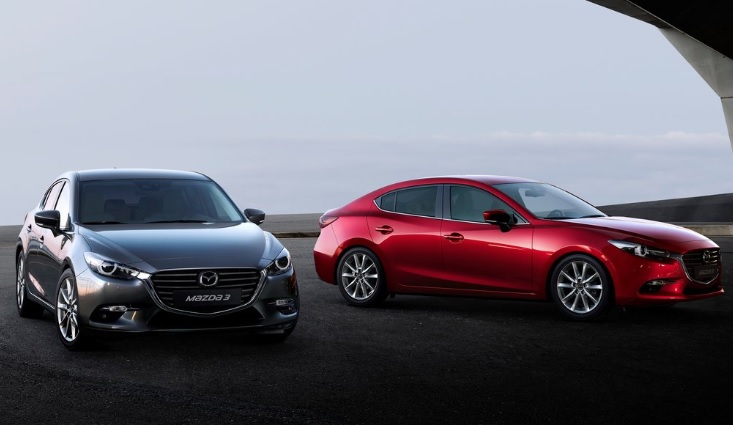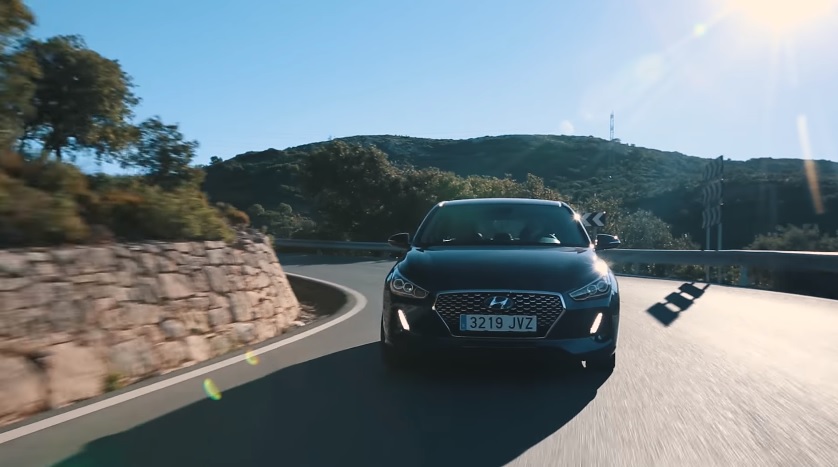| Mazda 3 1.5 D Power Sense | Hyundai i30 1.6 CRDi Style | |
|---|---|---|
 |
 |
|
General Information |
||
| Year | 2020 | 2018 |
| Equipment | Power Sense | Style |
| Body Type | Sedan | Hatchback |
Engine Specs |
||
| Engine | 1.5 D | 1.6 CRDi |
| Fuel Type | Diesel | Diesel |
| Engine Displacement | 1499 cc | 1582 cc |
| Number of Cylinders | 4 | 4 |
Transmission |
||
| Transmission Type | AT | Manual |
| Gearbox | Automatic | Manual |
| Number of gears | 6 | 6 |
| Driving System | Front Wheel Drive | Front Wheel Drive |
Performance |
||
| Engine Power | 105 HP | 136 HP |
| Torque | 270 Nm | 300 Nm |
| Acceleration 0-100 | 11.6 sn | 10.5 sn |
| Maximum Speed | 184 | 200 |
Fuel Consumption |
||
| City | 4.9 L | 4.3 L |
| Highway | 4.1 L | 3.7 L |
| Combined | 4.5 L | 4.0 L |
| Fuel Tank | 51 L | 50 L |
Dimensions |
||
| Length | 4470 mm | 4340 mm |
| Width | 1795 mm | 1795 mm |
| Height | 1450 mm | 1455 mm |
| Curb Weight | 1215 kg | 1338 kg |
| Boot Space | 364 L | 395 L |
Tire and Wheel |
||
| Tire Tread | 225 | 225 |
| Tire Sidewall | 50 | 45 |
| Wheel Rims Size | 18 | 17 |
| 2020 Mazda 3 1.5 D Power Sense | 2018 Hyundai i30 1.6 CRDi Style | |
When deciding between 2020 Mazda 3 1.5 D Power Sense and 2018 Hyundai i30 1.6 CRDi Style, buyers often look at boot capacity, performance, and fuel efficiency. Our detailed table highlights the differences side by side.
If you prioritize cargo space, the Mazda 3 offers 364 liters, while the Hyundai i30 stands out with 136 horsepower performance. The right choice depends on whether you value practicality or driving dynamics.